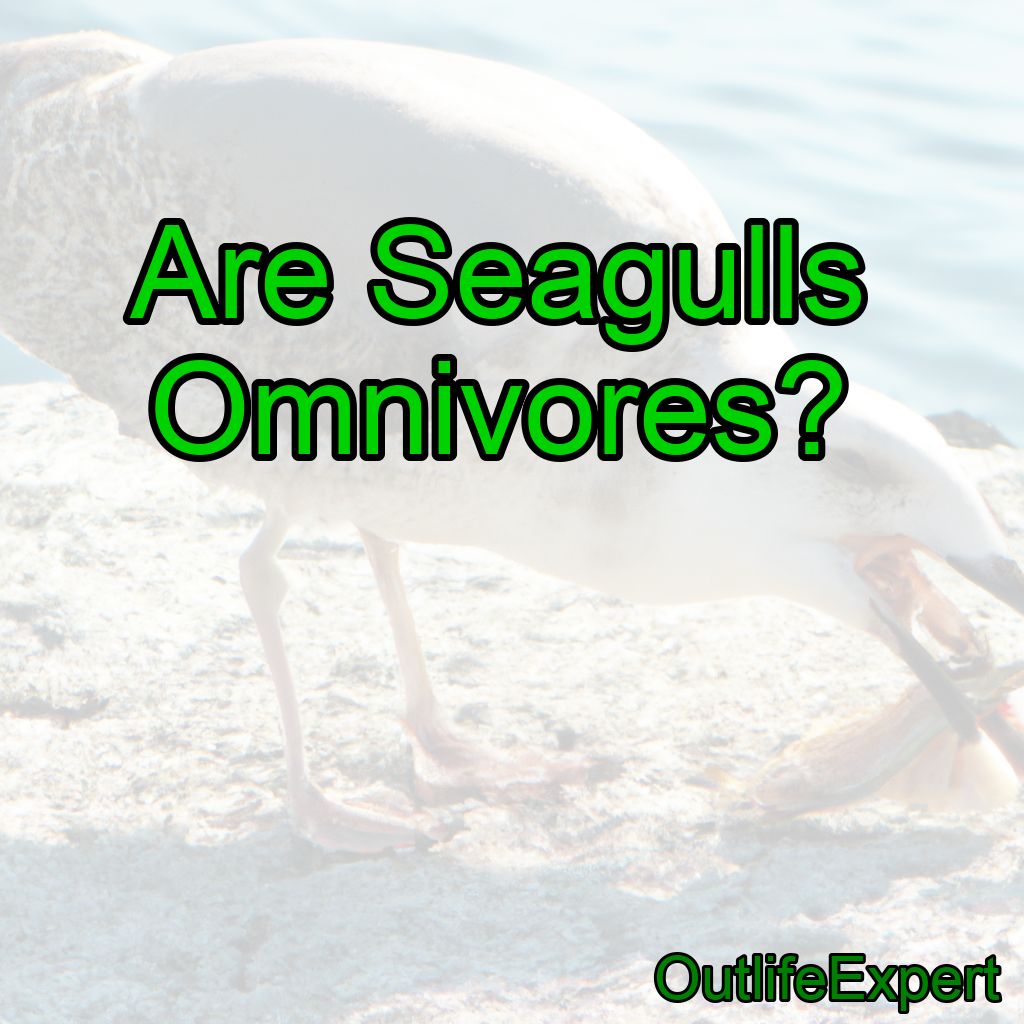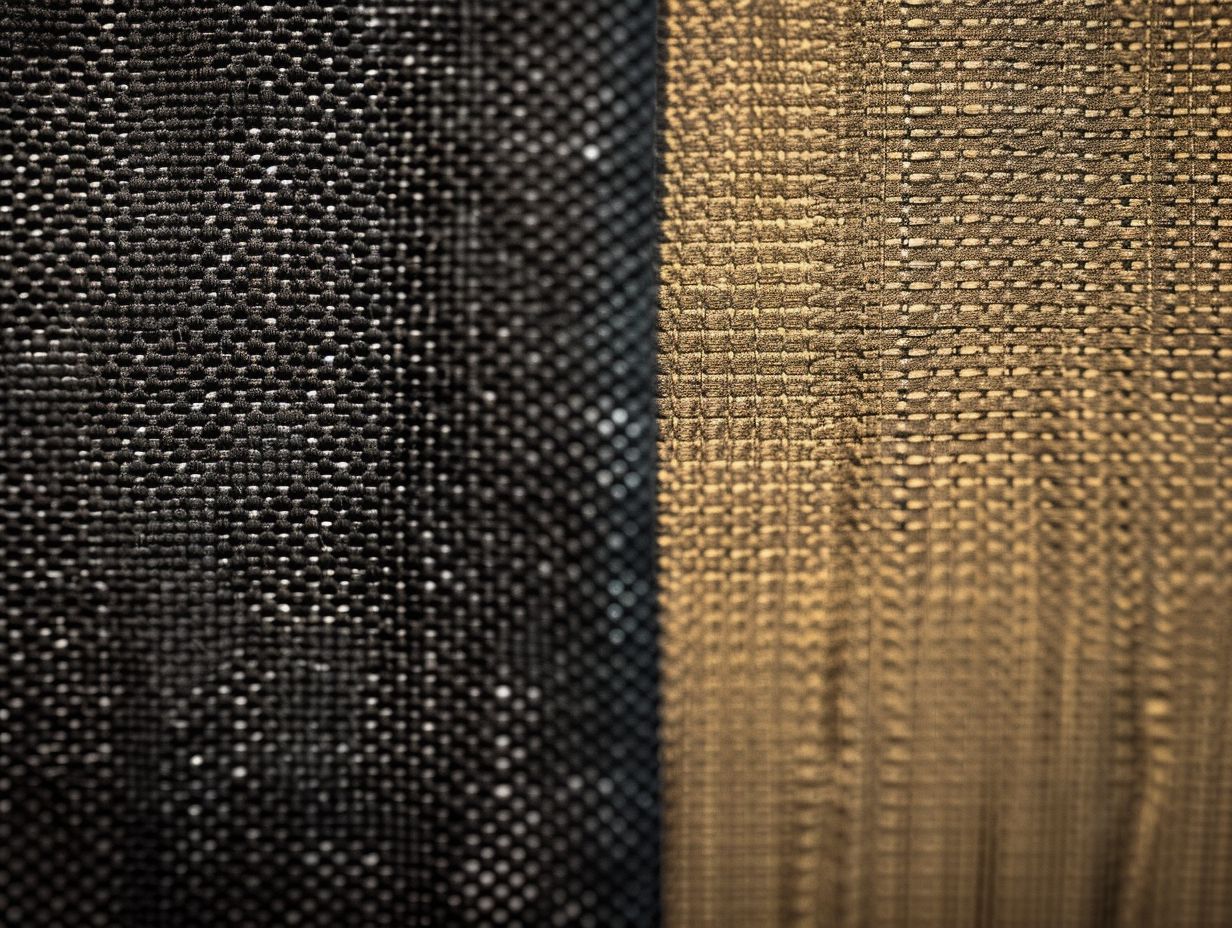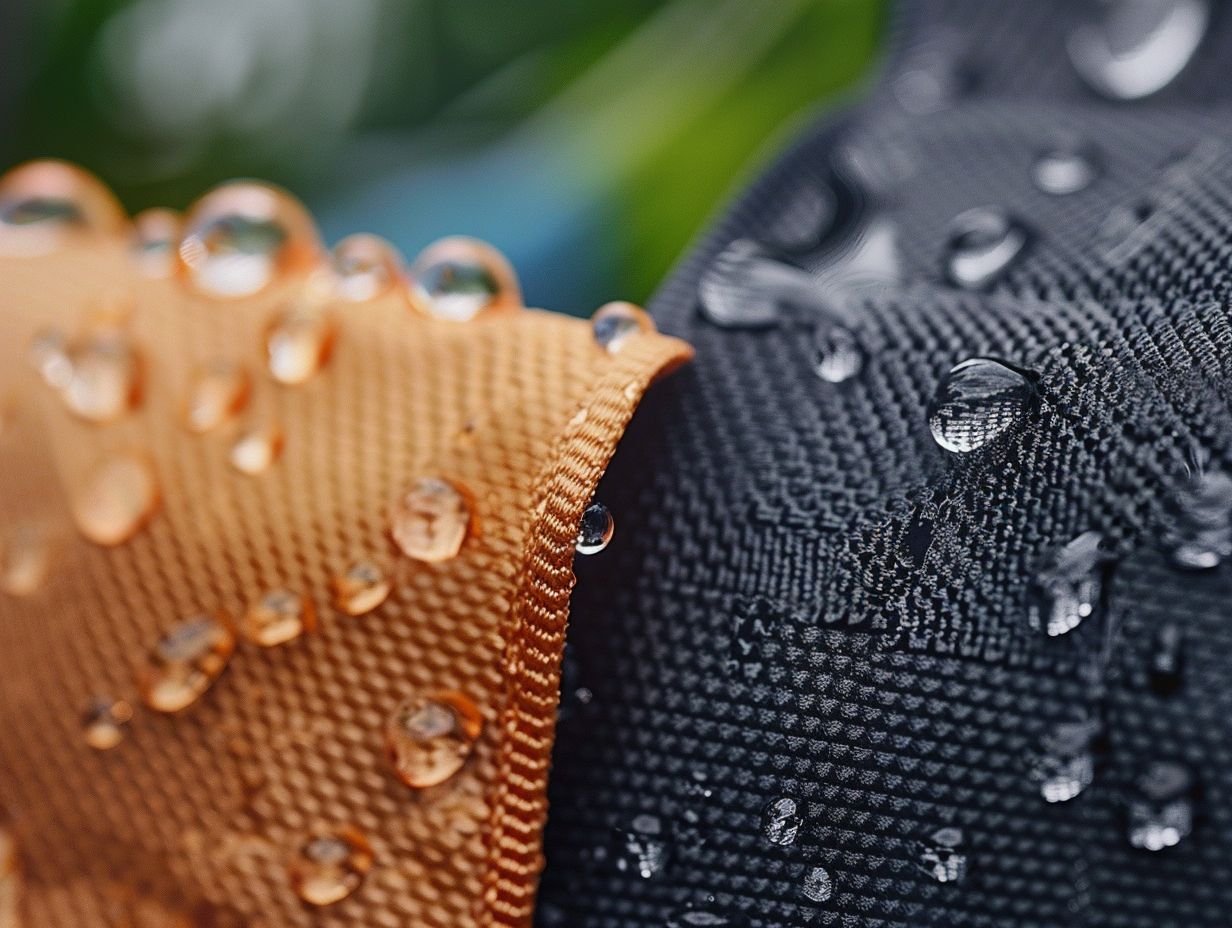Yes, seagulls are omnivores. They are opportunistic feeders with a diverse diet that includes both plant and animal matter. In this blog post, we will discuss various aspects of seagulls’ omnivorous behavior, their diet, and how they adapt to their ever-changing environment.
Seagulls: A Brief Overview
Seagulls, also known as gulls, belong to the family Laridae, which consists of over 50 species. These birds are commonly found near coastal regions, but they can also be seen around lakes, rivers, and even in urban environments. They have a versatile and adaptable nature, which allows them to thrive in a variety of habitats.
Seagull’s Physical Adaptations
Seagulls have several physical adaptations that help them in their omnivorous feeding habits. These include:
1.Strong beak:A strong, hooked beak that aids in grasping and tearing food.
2.Webbed feet:Webbed feet enable them to swim efficiently while searching for food in the water.
3.Sharp eyesight:Excellent vision helps them spot potential prey from a distance.
Seagulls: Opportunistic Feeders
Seagulls are opportunistic feeders, which means they take advantage of any available food sources. Their diet can vary greatly depending on their location and the season. They are known to feed on a wide variety of items, ranging from small marine creatures to human food waste.
Diet: What do Seagulls Eat?
As omnivores, seagulls consume both plant and animal matter. Their diet includes:
1.Fish and other marine life:Seagulls primarily feed on small fish, shrimp, crabs, and other marine creatures. They also eat the eggs and young of other birds, such as terns and plovers.
2.Invertebrates:They feed on a variety of invertebrates, like earthworms, insects, and mollusks.
3.Plants and seeds:Seagulls also eat seaweed, algae, and seeds from various plants.
4.Carrion and food waste:They are known to scavenge on dead animals and human food waste, making them common visitors to landfills and garbage dumps.
Seagulls’ Foraging and Feeding Techniques
Seagulls employ a range of techniques to find and catch their food. These techniques showcase their intelligence and adaptability.
Aerial Foraging
Seagulls are skilled flyers, and they use their aerial abilities to catch their prey. They can snatch food items in mid-air, dive into the water to catch fish, or hover over the surface to grab prey with their beak.
Ground Foraging
Seagulls are also known to forage on the ground, especially when searching for invertebrates. They use their beak to dig through soil and sand or flip over rocks and debris to find hidden prey.
Kleptoparasitism
Some seagulls practice kleptoparasitism, which involves stealing food from other birds. They may harass other birds, like terns or puffins, until they drop their catch, which the seagull then claims for itself.
Seagulls in Urban Environments
Seagulls have adapted remarkably well to urban environments, and they have become a common sight in many cities around the world. Their opportunistic feeding habits have allowed them to take advantage of the abundant food sources provided by humans.
Feeding on Human Food Waste
Seagulls have become experts at scavenging human food waste. They are often seen rummaging through garbage cans, dumpsters, and landfills in search of discarded food. They have also learned to recognize and associate certain places, like outdoor cafes and fast-food restaurants, with easy access to food.
Problems and Controversies
While seagulls’ adaptability to urban environments is impressive, it has also led to some problems and controversies. In some areas, their increasing numbers have resulted in them being considered a nuisance due to their noise, droppings, and aggressive behavior. Their feeding on human food waste also contributes to their growing populations, which can lead to ecological imbalances and conflicts with other species.
Are Seagulls Omnivores: Conclusion
In conclusion, seagulls are indeed omnivores. Their diverse diet and opportunistic feeding habits have enabled them to adapt to various environments, including urban settings. Here are ten facts about seagulls that we have learned from this blog post:
1.Seagulls are omnivoreswith a diverse diet that includes both plant and animal matter.
2. They are opportunistic feeders, taking advantage of any available food sources.
3. Seagulls have several physical adaptations, like strong beaks and webbed feet, to aid in their feeding habits.
4. Their diet includes fish, invertebrates, plants, seeds, carrion, and food waste.
5. Seagulls employ a range of foraging techniques, including aerial foraging, ground foraging, and kleptoparasitism.
6. They are skilled flyers and can catch prey in mid-air or dive into the water.
7. Seagulls have adapted well to urban environments, feeding on human food waste.
8. They are often seen rummaging through garbage cans, dumpsters, and landfills.
9. Their adaptability to urban settings has led to some problems and controversies, including noise, droppings, and aggressive behavior.
10. Seagulls’ opportunistic feeding habits contribute to their growing populations, which can lead to ecological imbalances and conflicts with other species.
FAQs
What do seagulls eat?
Seagulls are omnivores and their diet includes fish, crustaceans, mollusks, insects, small mammals, and even garbage and human food scraps.
What do seagulls eat in farm fields?
Seagulls in farm fields typically eat insects, earthworms, small rodents, and other small animals found in the fields. They may also scavenge for food scraps left behind by farm workers or livestock.
What type of meat do seagulls eat?
Seagulls are opportunistic scavengers and will eat a variety of meat, including fish, crustaceans, insects, rodents, and even other birds.
What do seagulls eat on land?
Seagulls eat a variety of foods on land, including insects, small mammals, eggs, and human food waste.
Why do seagulls follow farm tractors?
Seagulls follow farm tractors because the machines stir up insects and rodents from the fields, providing an easy source of food for the birds.
Will seagulls eat meat?
Yes, seagulls are omnivores and will eat both meat and plants. They are known to scavenge for fish, insects, small mammals, and even other birds.




